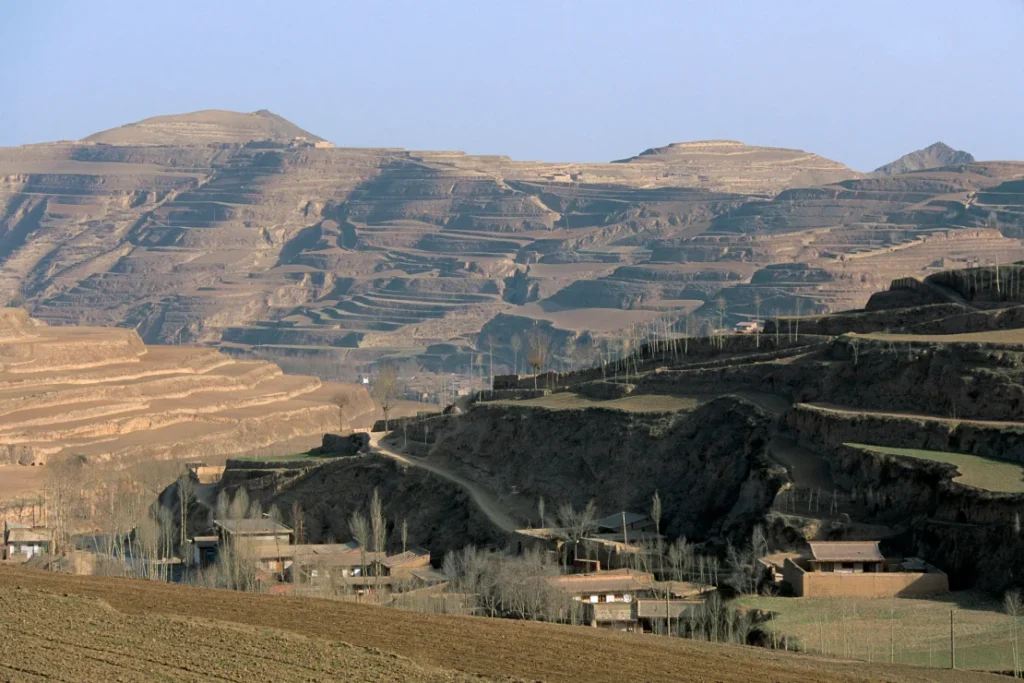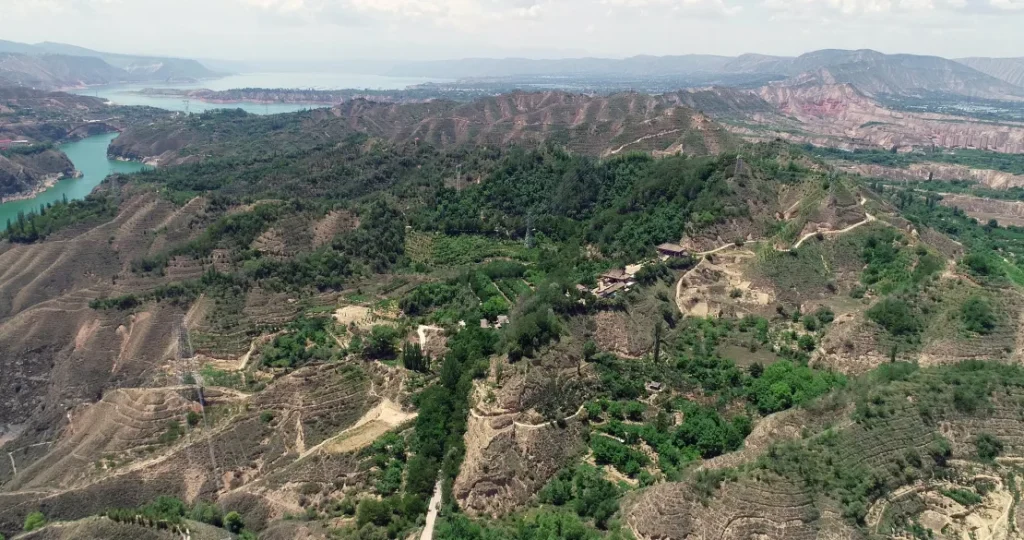Thousands of years ago, Egypt’s Sinai Peninsula thrived with life. Yet, today, the arid expanse that once connected Africa with Asia languishes as a barren desert. For Dutch engineer Ties van der Hoeven, however, this inhospitable landscape holds the promise of a profound ecological transformation.
Van der Hoeven, driven by his grand vision, plans to restore plant and animal life across approximately 13,500 square miles of the peninsula, an area slightly larger than the state of Maryland. His goal is not just to rejuvenate the ecosystem but to mitigate climate change, boost rainfall, and create food and job opportunities for the region’s inhabitants.
“We are destroying our planet in a way which is scary,” Van der Hoeven shared in an interview with CNN. “The only holistic way out of this situation is with large-scale ecological regeneration.”
Desert regreening projects, although not novel, remain contentious. Critics argue that transforming deserts is unproven and complex, potentially leading to unpredictable effects on water and climate. Despite this skepticism, Van der Hoeven remains undeterred.
Beginning as a hydraulic engineer, van der Hoeven’s career took a pivotal turn in 2016 when he joined a project to help the Egyptian government restore Lake Bardawil’s diminishing fish population. His plan to rejuvenate the lagoon involved opening tidal inlets and dredging gullies to make the water cooler, deeper, and less saline.
Inspired to dream bigger, he mapped out a plan: using sediments from Lake Bardawil to regreen the surrounding wetlands, ultimately extending to the region’s mountains. His vision includes cultivating salt-tolerant plants that would revitalize the soil, promoting a sustainable ecosystem where vegetation, rainfall, and wildlife thrive.
He supports his ambitious vision with historical evidence. He discovered dried-up river networks crisscrossing the region, suggesting a once-lush landscape. Van der Hoeven believes his efforts could alter weather patterns, bringing back moisture and enriching the ecosystem.
However, this monumental undertaking faces significant challenges.
Similar efforts like China’s Loess Plateau project have seen success. Initiated in the 1990s, the project aimed to transform the degraded, ocher-yellow soils into a lush, green landscape. Over the decades, China’s perseverance has paid off as vegetation thrived, soil erosion decreased, and flood risks diminished.


Inspired by these results, van der Hoeven sought out John Liu, an ecologist involved in the Loess Plateau project, garnering his support. Liu found the idea of re-greening the Sinai Peninsula “extremely exciting,” emphasizing the potential proof it offers for planetary-scale restoration.
Despite the promising outlook, experts like Alice Hughes from Hong Kong University express caution. Introducing non-native, fast-growing plants could disrupt local ecosystems, potentially depleting water resources and becoming invasive. In the Great Green Wall initiative in Africa, for instance, planted trees struggled due to unsuitable conditions, emphasizing the complexities involved.
Moreover, while some argue that deserts reflect the sun’s energy and that regreening can prevent this cooling effect, Van der Hoeven stresses that human-caused deserts warrant restoration. He believes the Sinai project, though complex, is crucial for regaining ecological balance.
Political instability poses another roadblock. A 2022 agreement with the Egyptian government to start the Lake Bardawil restoration faced delays due to regional conflicts. Despite these setbacks, van der Hoeven remains optimistic, framing regreening as a vital move toward regional prosperity.
The intersection of climate change and biodiversity loss underlines the urgency of such initiatives. Although opinions diverge between advocating cautious, methodical approaches and bold, immediate actions, van der Hoeven embraces the latter.
“Regeneration of the natural world is the only way out of the mess we are currently in,” he asserted. “There is no time anymore not to act. We should act and accept that we don’t know everything.”
